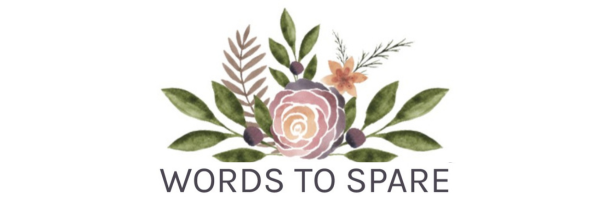A new week, a new science “es-perience” (as Susannah calls them). I’ve been aiming for Thursdays, but this week that was a pretty busy day. We had a guy here all morning to install DirectTV and Chris got his great news about the boards and Miss Deanna came to babysit so the grownups could go out to celebrate! Hence – science got pushed back to Friday. Luckily, the kids had a blast so I think the wait was worth it.
How about a little exploration of magnetism? I did a unit on magnets for my science portfolio for National Boards, so putting this together brought back some fond memories.
First, I gathered some “household objects” on a little tray. I told the kids we were going to guess if each item was magnetic or not. (With a classroom of first graders, I wrote the names of the items. Mostly for Susannah’s benefit, we just placed the real objects on the paper. For a tactile & visual learner like her, this allowed her to better grasp which things “moved” to the opposite box when we checked.) We examined each object and made our guess. As with most kids in this age group, Jonas and Susannah thought that anything made of metal would be magnetic.


When we checked each item, there were a few surprises! The “Finn McMissile” car and the “silver” ring were actually painted plastic, so they didn’t stick to our heavy-duty magnet. The metal spring in the clothespin was magnetic, but the coin, key, and nail were not.
To unlock the mystery of why some metal objects “stick” and others don’t, I pulled out a library book and we read the first few pages together. (It will be a good one for Jonas and I to finish next week, but it was text-heavy and not grabbing Susannah’s interest.) Did you know that it’s mainly iron, cobalt, and nickel which are magnetic?
The next part of our experiment was “the best part” according to both kids. I gave them each a new horseshoe magnet, a piece of construction paper, and a handful of paper clips. Susannah mainly just slung hers around, which is about all I expected from a 3 year old.
Jonas worked carefully with his, trying to figure out how to maximize the number of paperclips he could attract. He discovered that if he made a big pile of the paperclips and put the horseshoe into the pile, then sloooowly lifted it, he could add more paperclips one-by-one. I think his grand total was around 27!
When we finished, we drew and wrote on an “Experiment Page.” (Of which I meant to snap a picture, but apparently I forgot!) Jonas completed his independently; Susannah dictated her words and scribbled a bit of a picture.
This didn’t feel like as much of an “experiment” to me as last week’s cluster of water experiences, but the kids really enjoyed it. And since my plan for this summer really is just to expose them to as a bunch of hands-on science projects, I guess it was a success. Plus, I know it’s important to start introducing them to
the scientific method. This lesson used “guess and check” terminology and we recorded our question, our materials, our procedure, and our results on the Experiment Page. I’d give us a B+ for this one. 🙂
